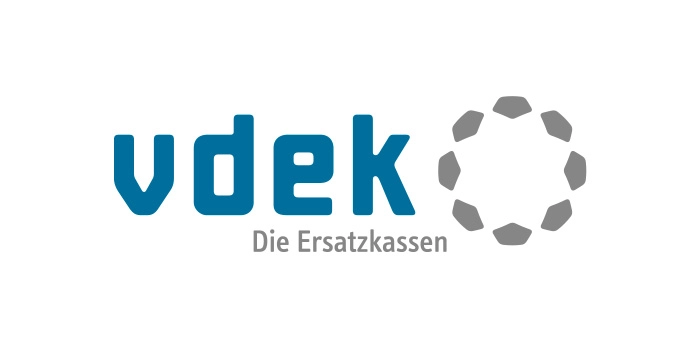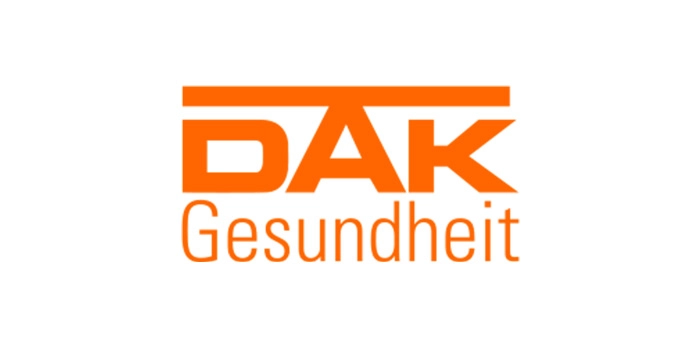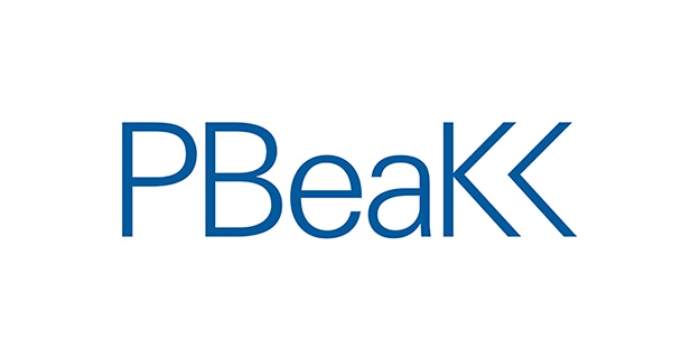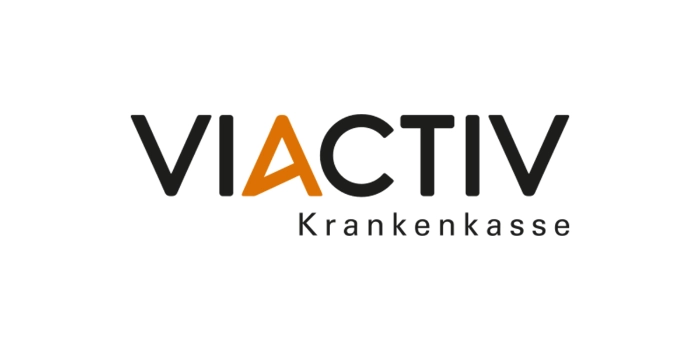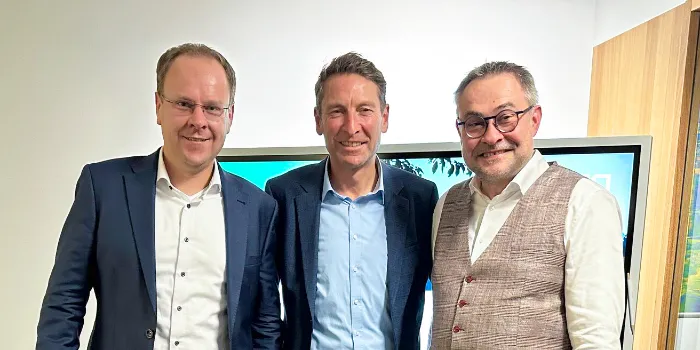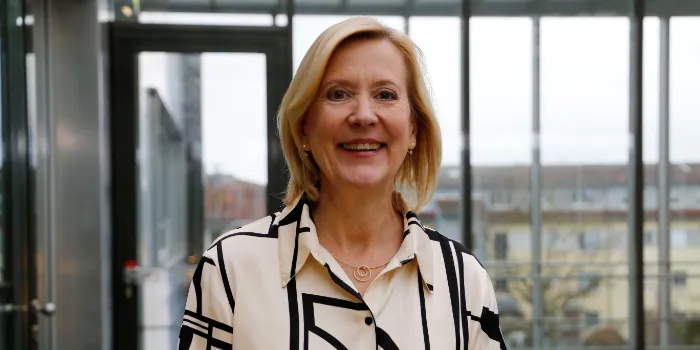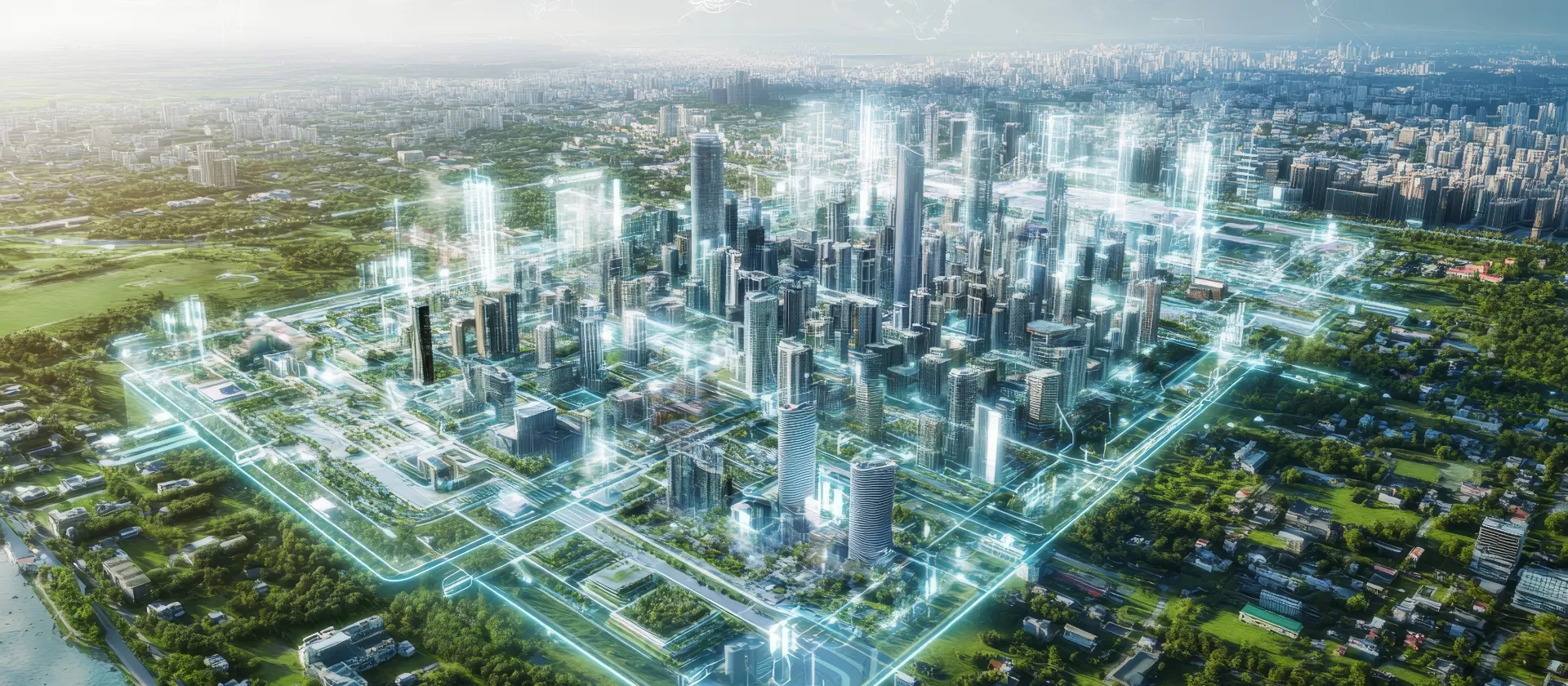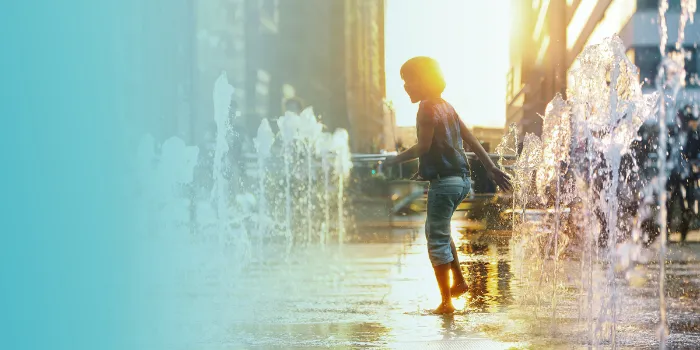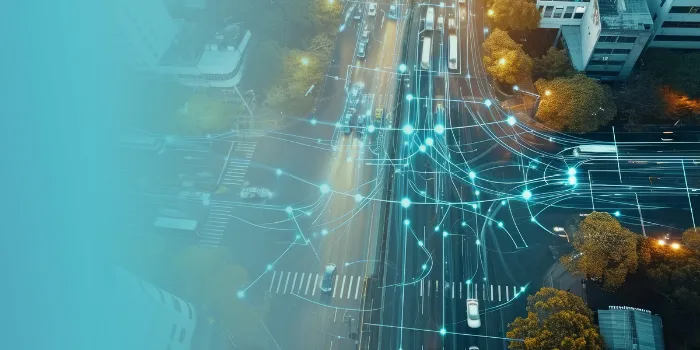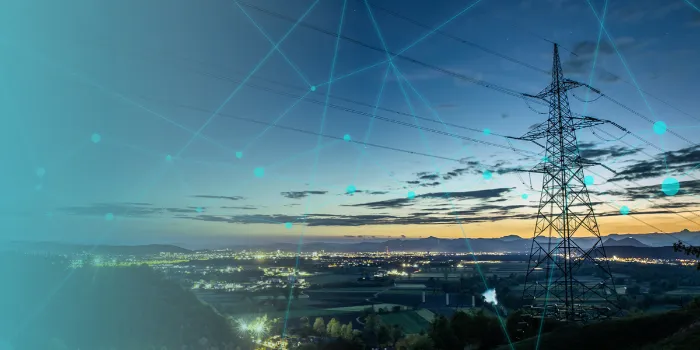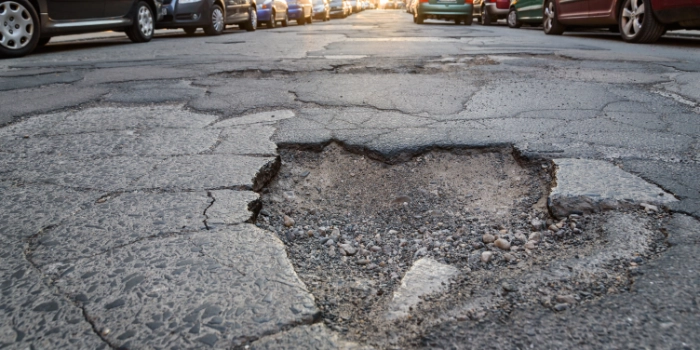msg events
European Police Congress 2025
Scheduled for May 20 and 21, the European Police Congress will be held in Berlin, serving as the premier international forum for political and law enforcement decision makers.
msg advisors
Heat protection for cities: Discover strategies and technologies such as digital twins to cool urban spaces sustainably and keep them liveable.
msg advisors
Millions of connected devices, high risks: Thomas Jakubiak explains strategies for greater cyber resilience and security in complex IoT networks.
msg advisors
The new Mobility Data Act: Discover the opportunities that free access to transport data offers for innovative business models and smart cities.
msg advisors
Smart Energy City Part 1: Read how digital twins optimise the planning of power grids for electromobility and prevent bottlenecks.
msg advisors
Smart Energy City Part 2: The digital twin as an enabler of the heating transition. Learn how cities can make their heating planning efficient and sustainable.
msg publications
From September 30 to October 2, 2025, the Berlin Exhibition Grounds were once again the center for digital innovation in the public sector.
msg publications
In this interview, Dr. Pascal Hinrichs discusses current developments and the potential of robotics – from industry, logistics, and care to the public sector. Using national and international examples, he shows how robots can speed up administrative processes, save resources, and improve the quality of public services. At the same time, he highlights the challenges in terms of acceptance, data protection, and technical integration.




